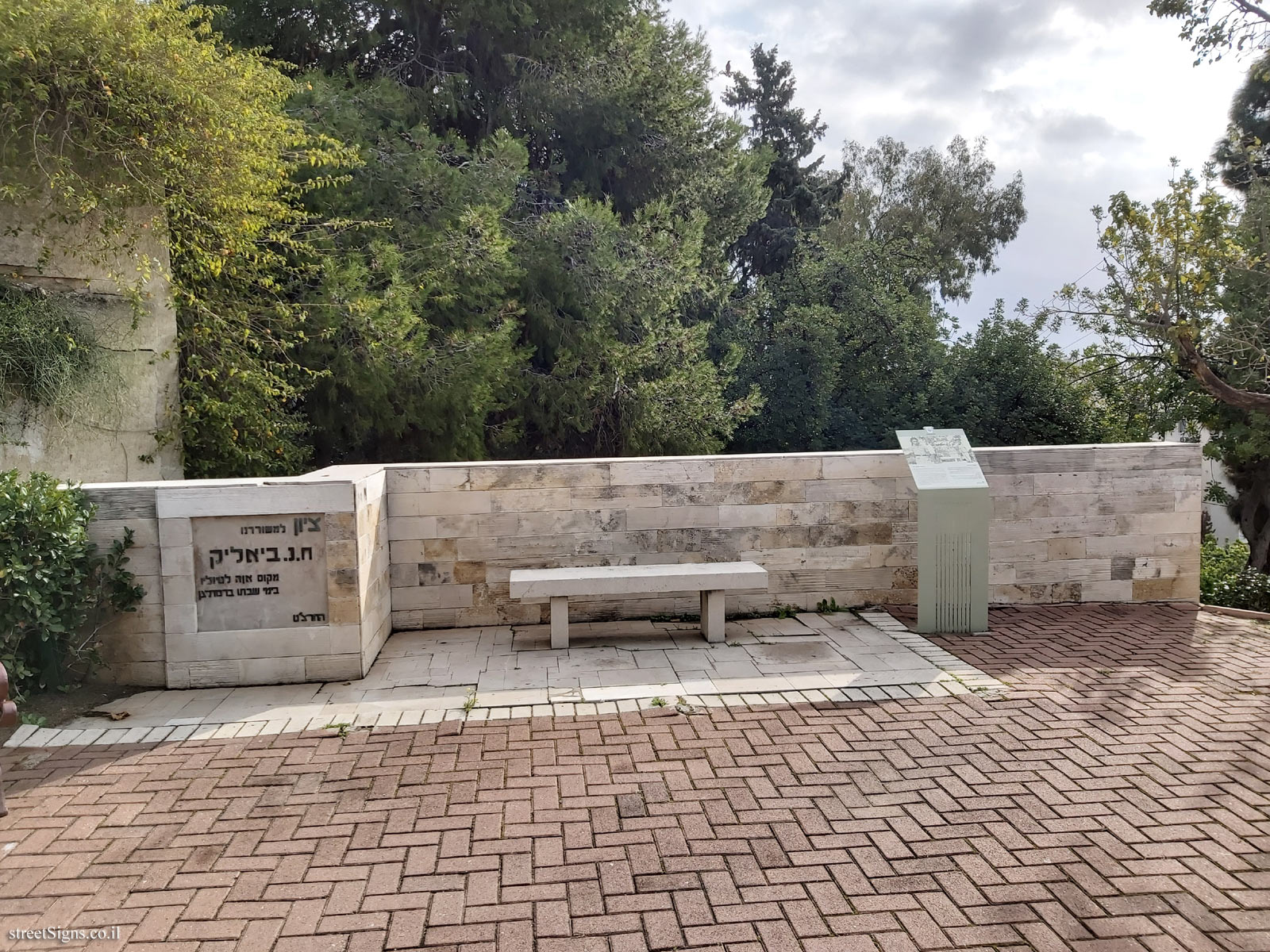
The ultimate street signs, historical sites and house numbers
 Click for a larger image
Click for a larger image  Click for a larger image
Click for a larger image  Click for a larger image
Click for a larger image  Click for sign's details
Click for sign's details  Click for all signs belonging to Ramat Gan's History
Click for all signs belonging to Ramat Gan's History
 94 Meter |
94 Meter |  135 Meter |
135 Meter |  319 Meter |
319 Meter |  439 Meter |
439 Meter |  513 Meter
513 Meter